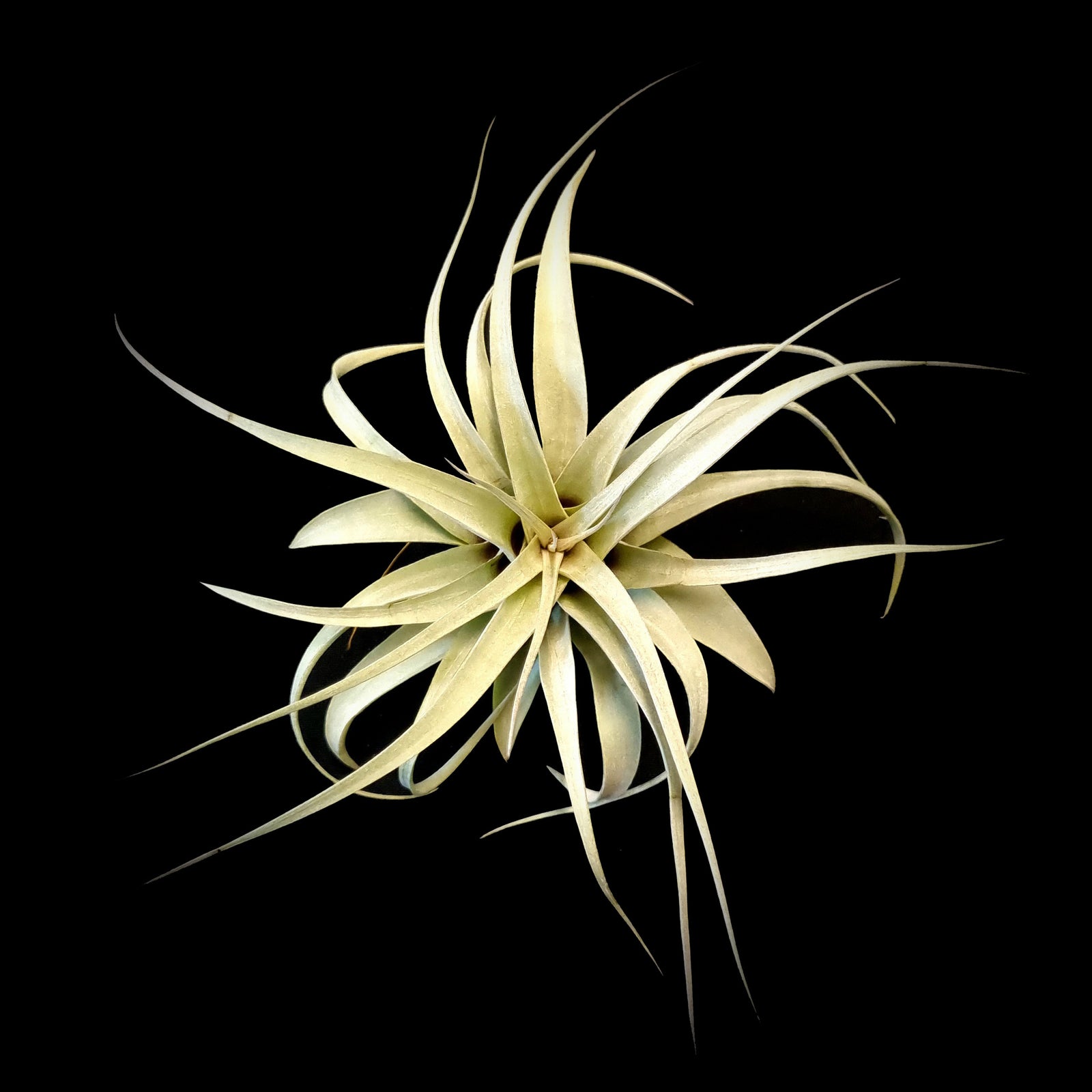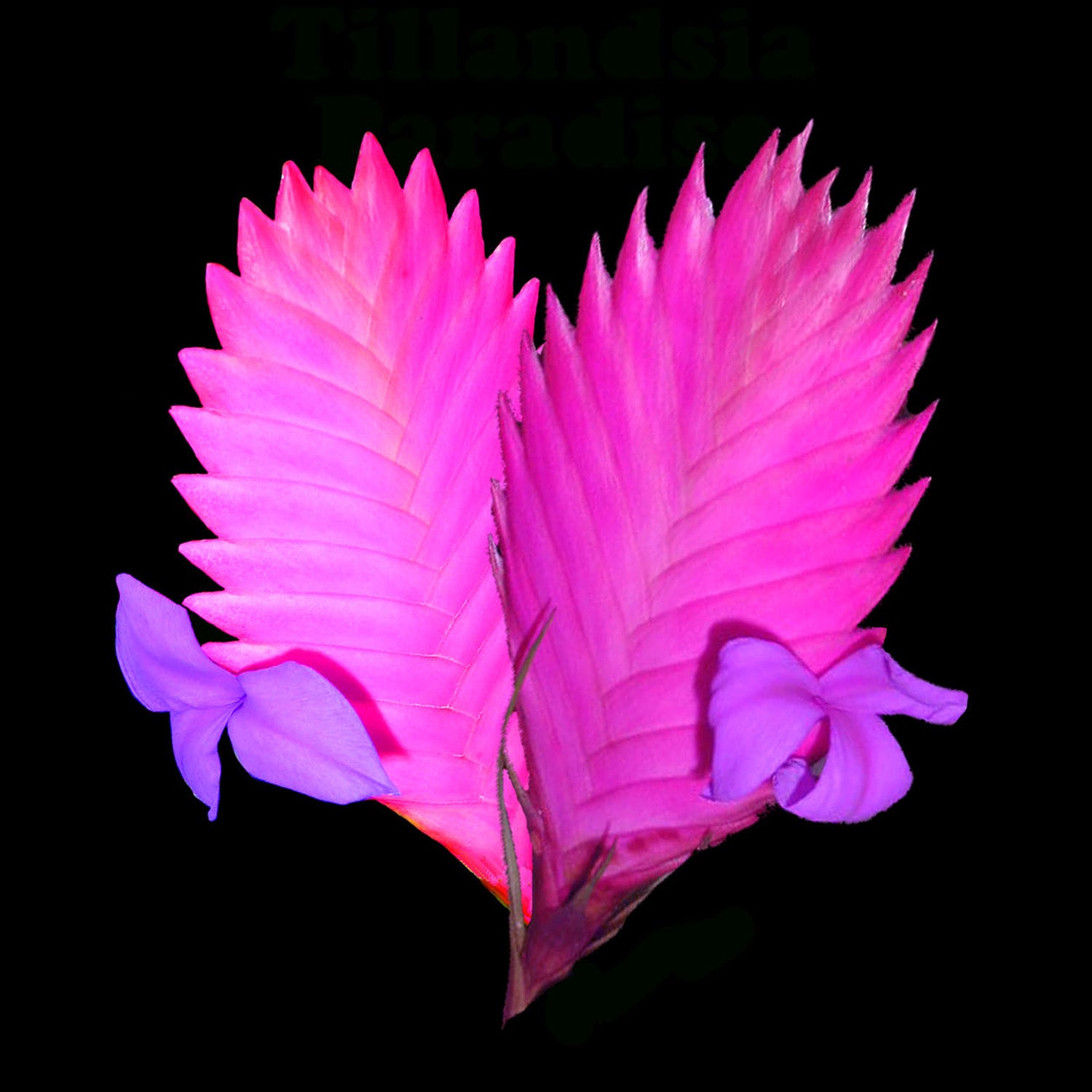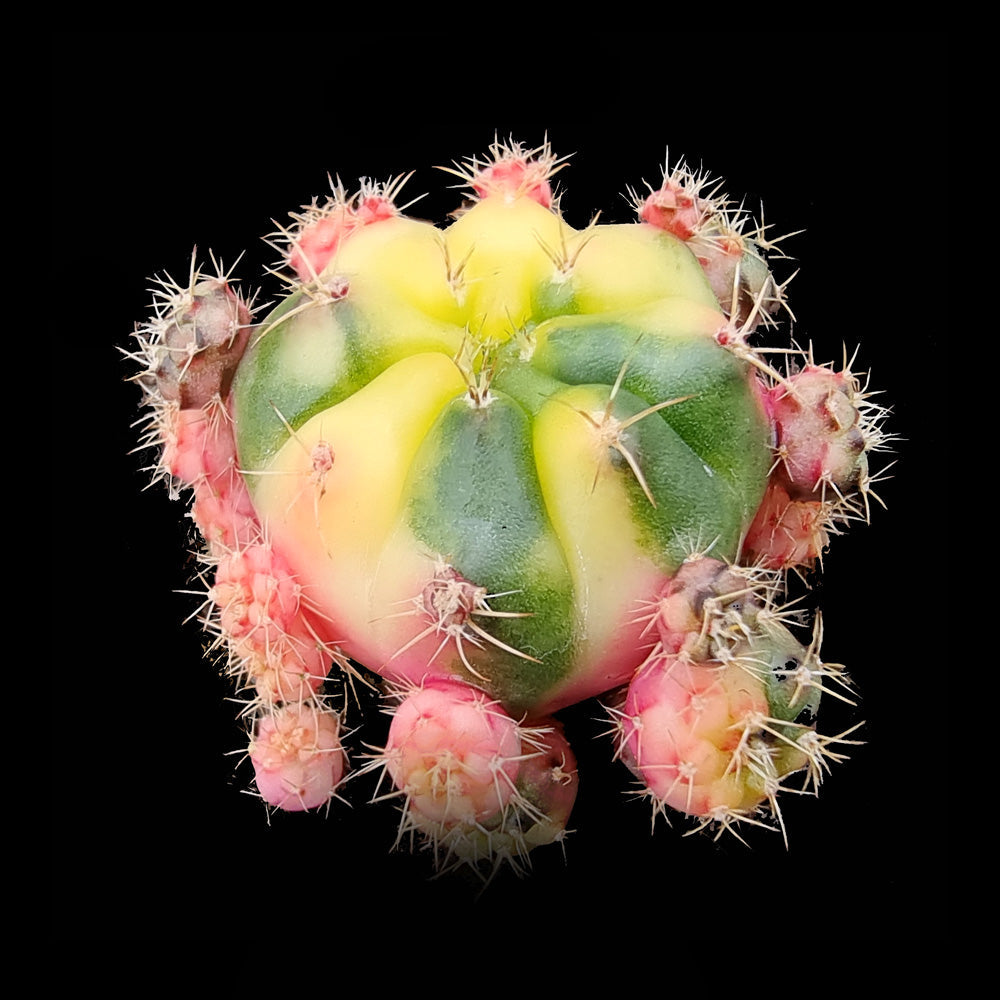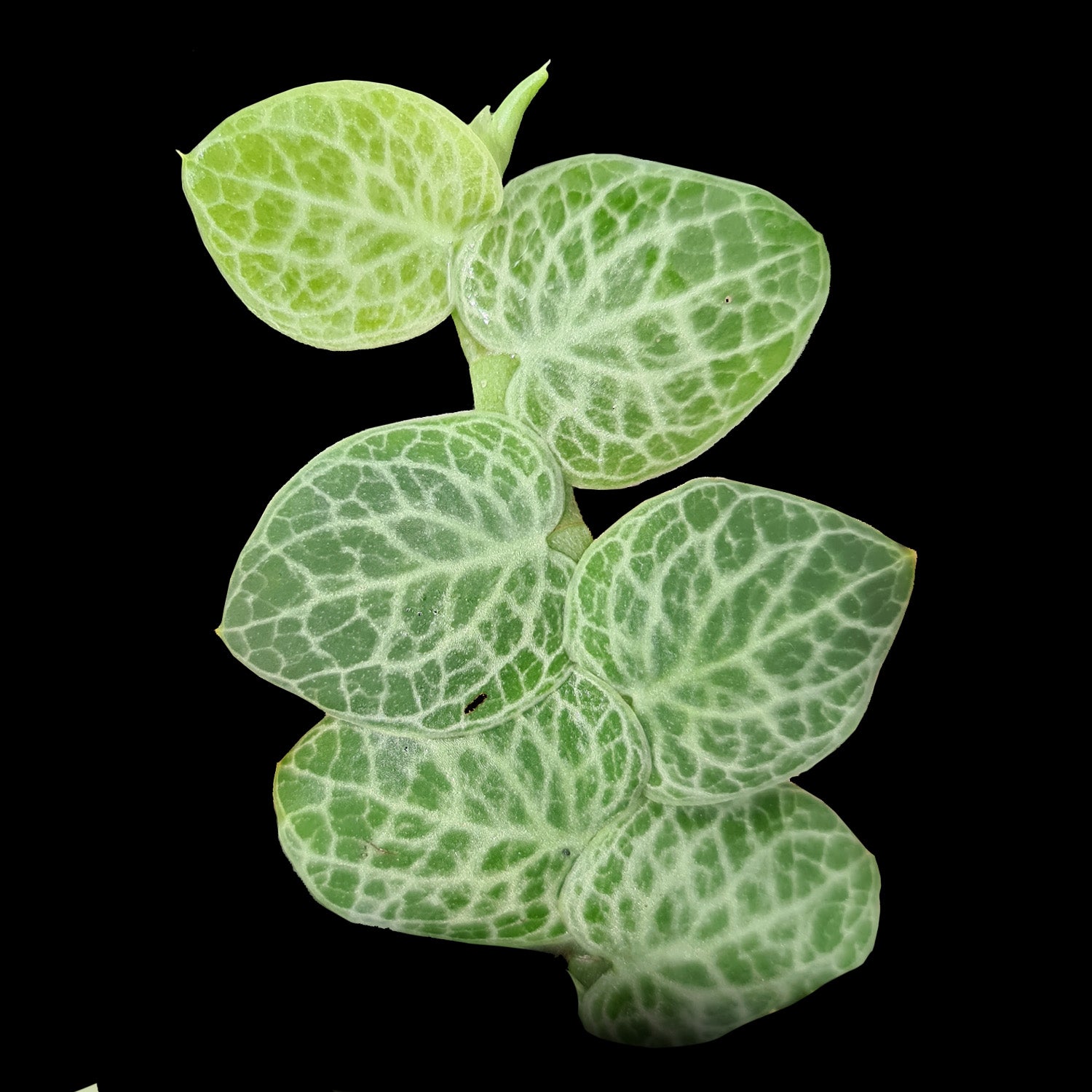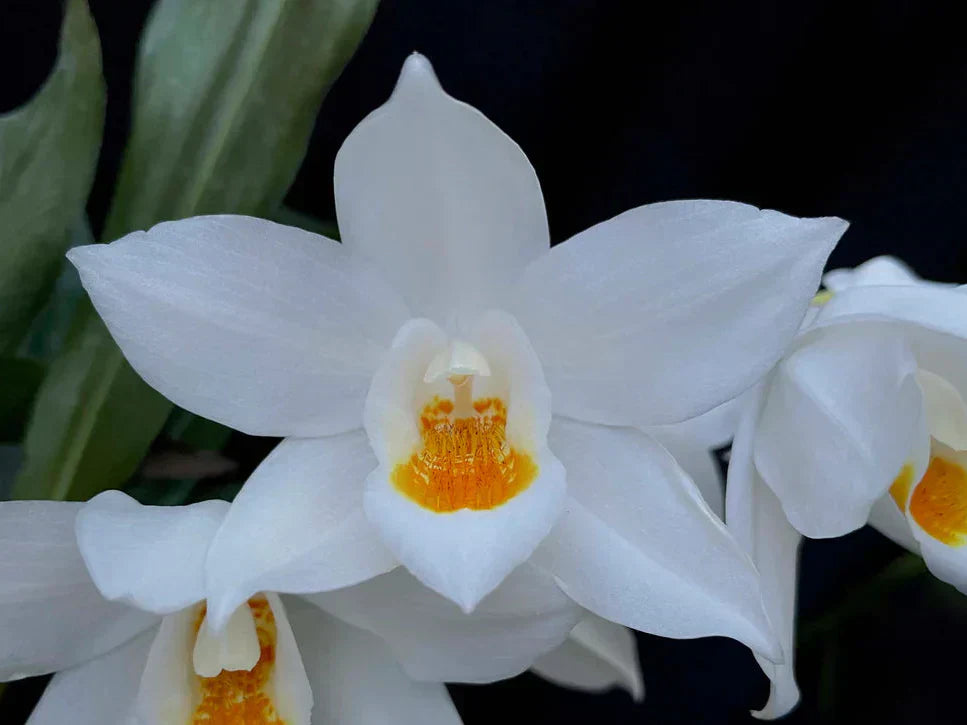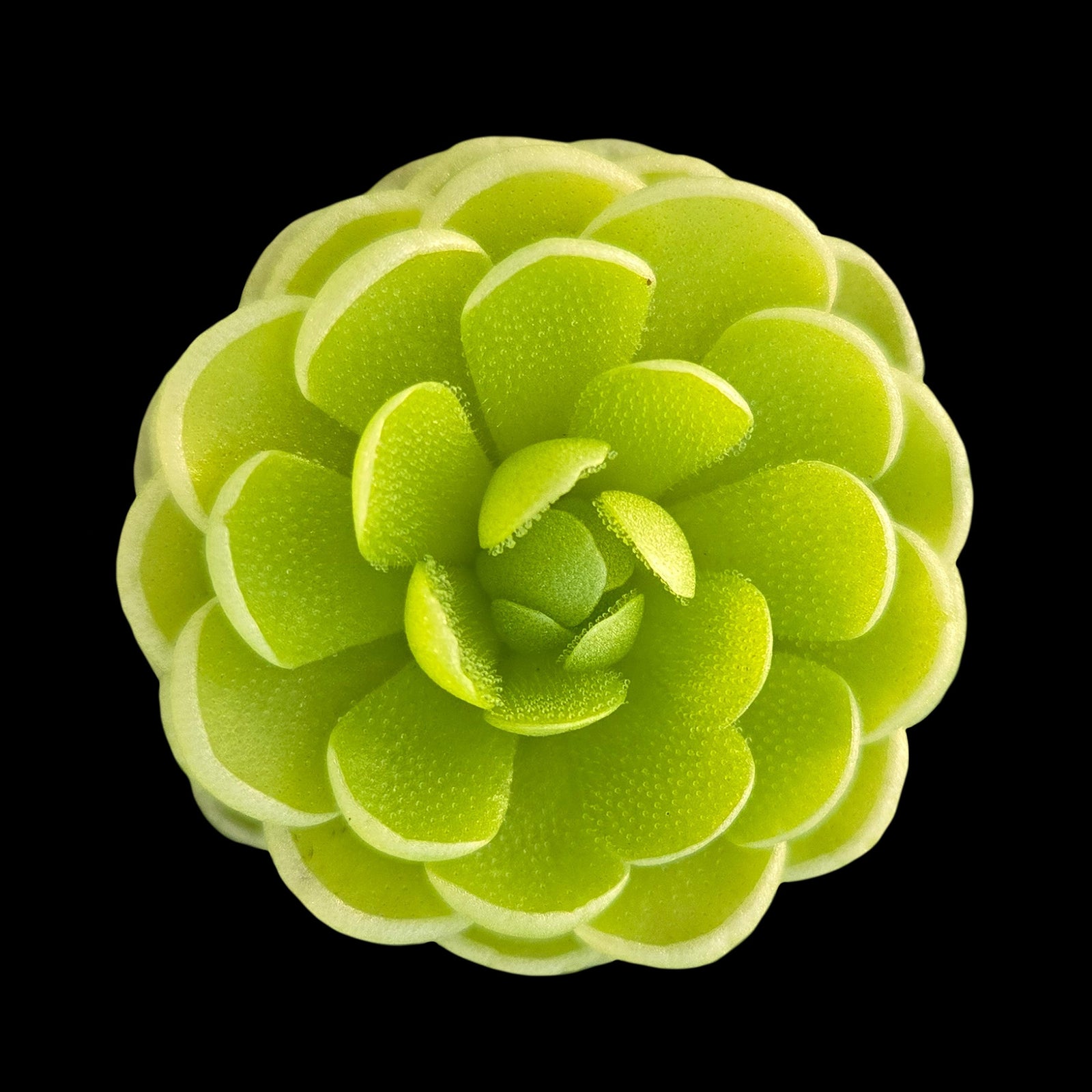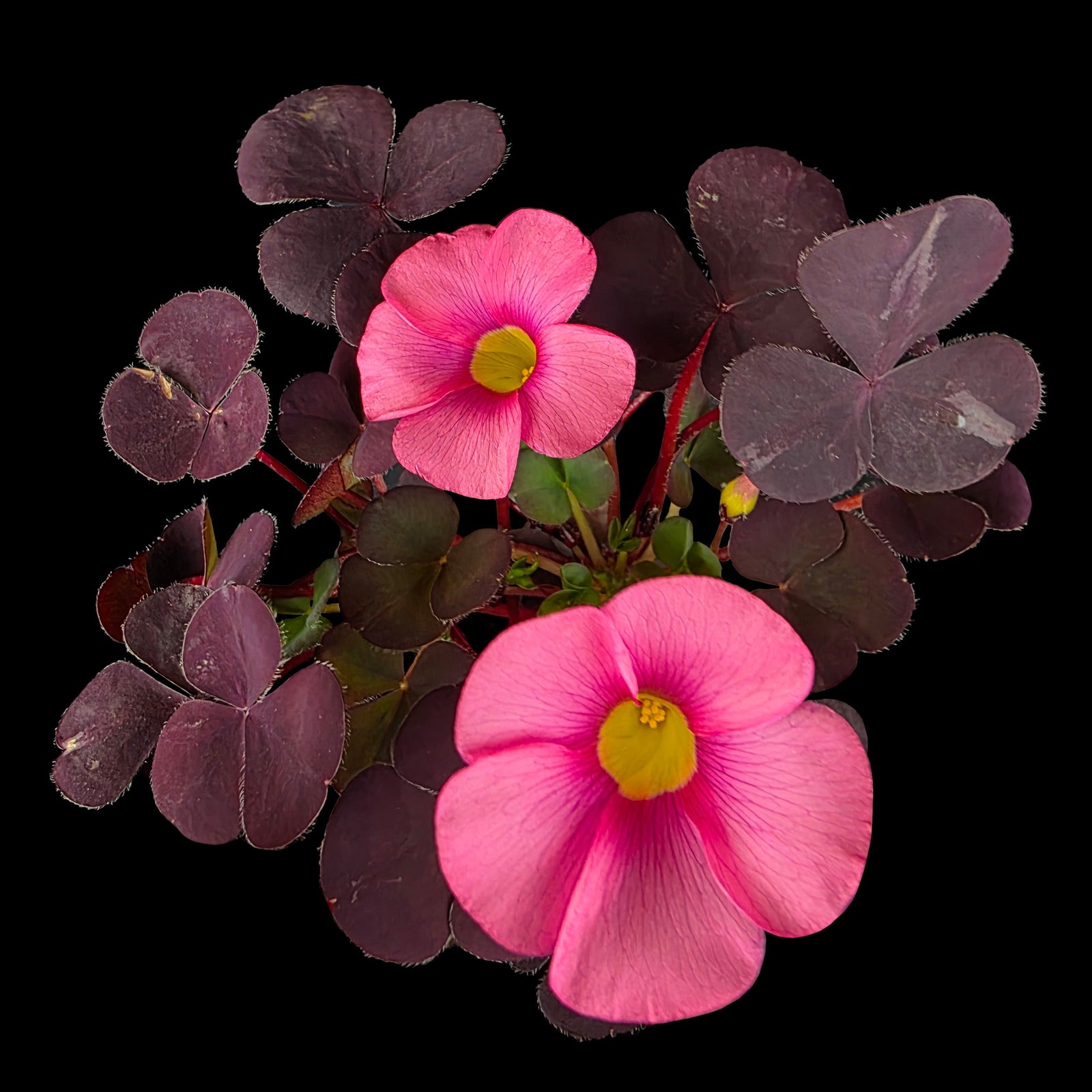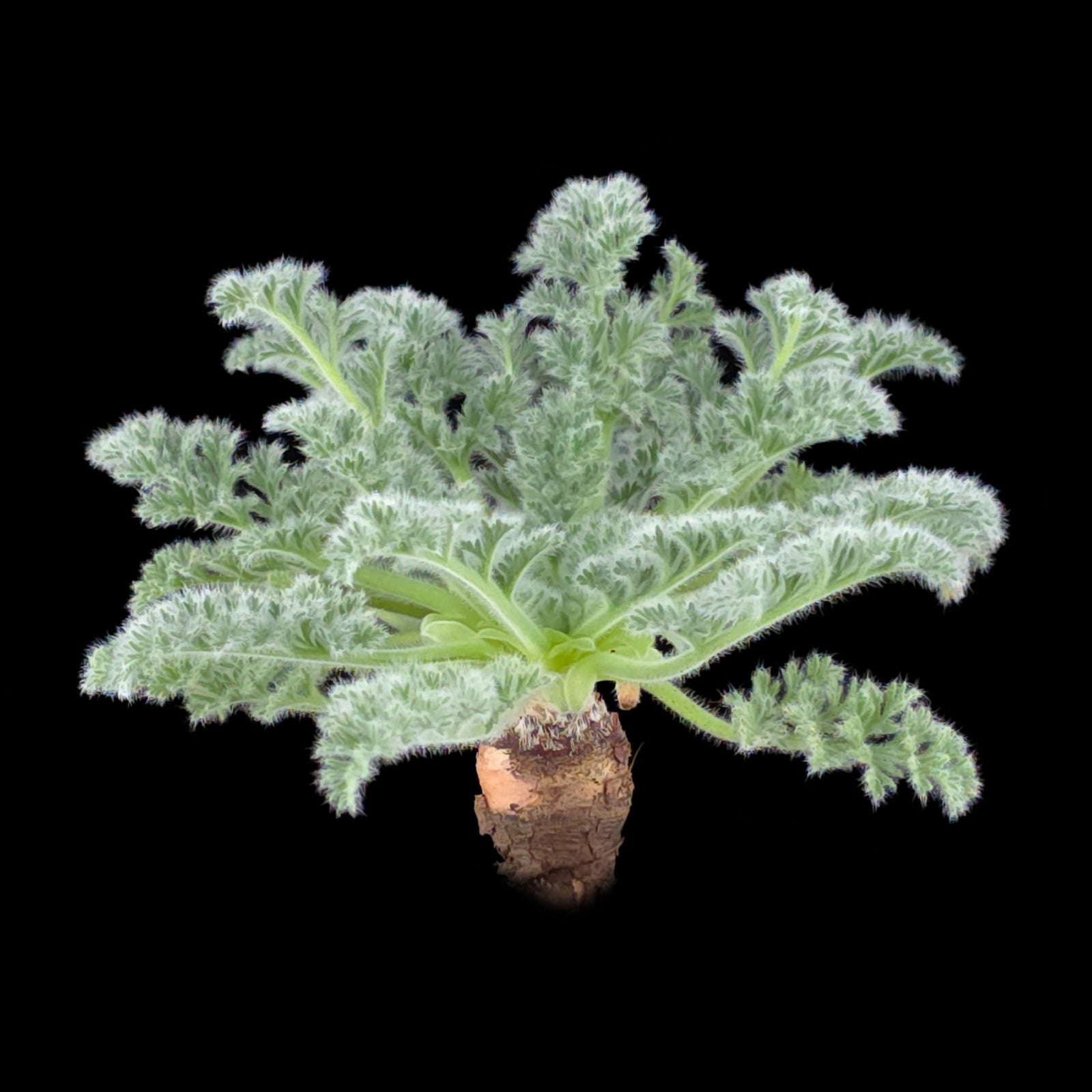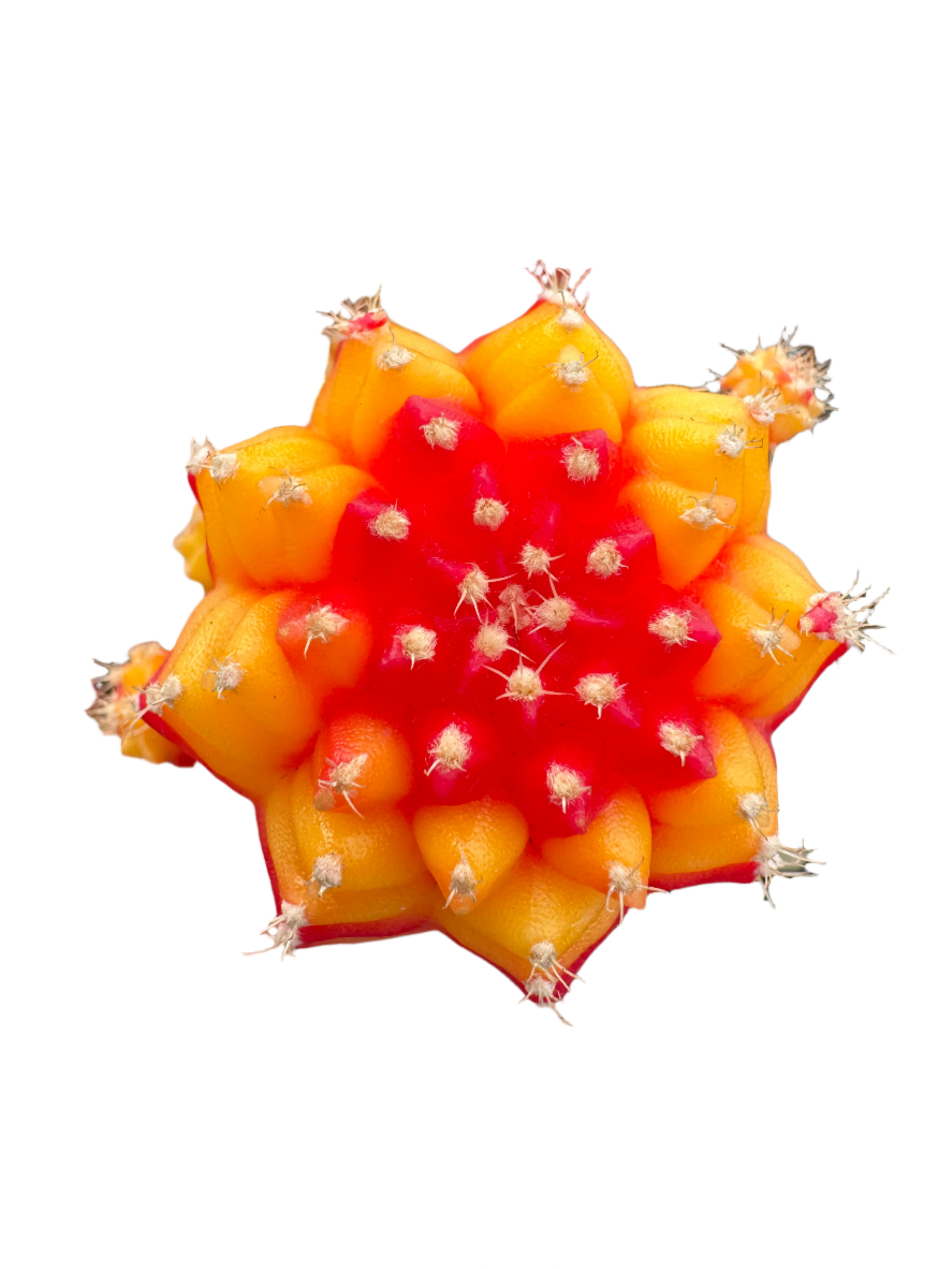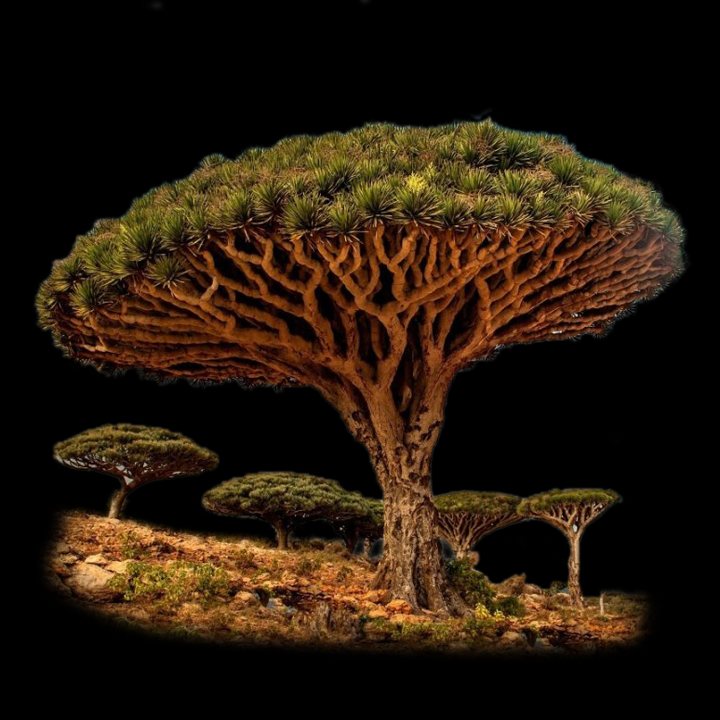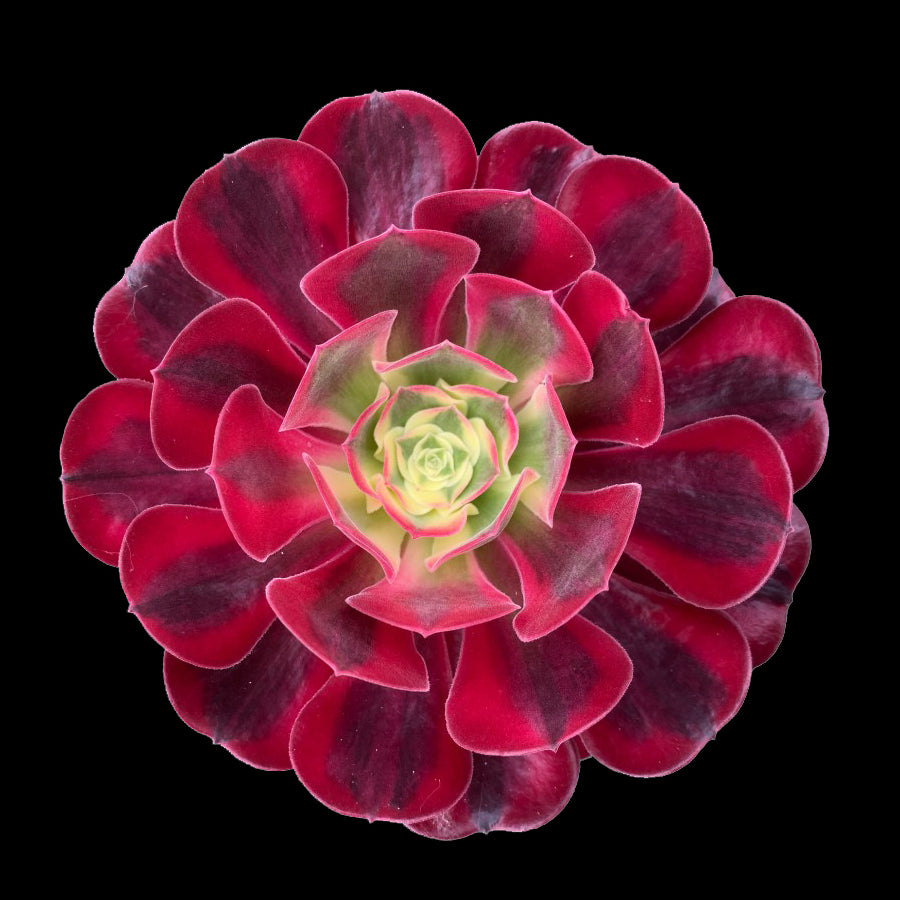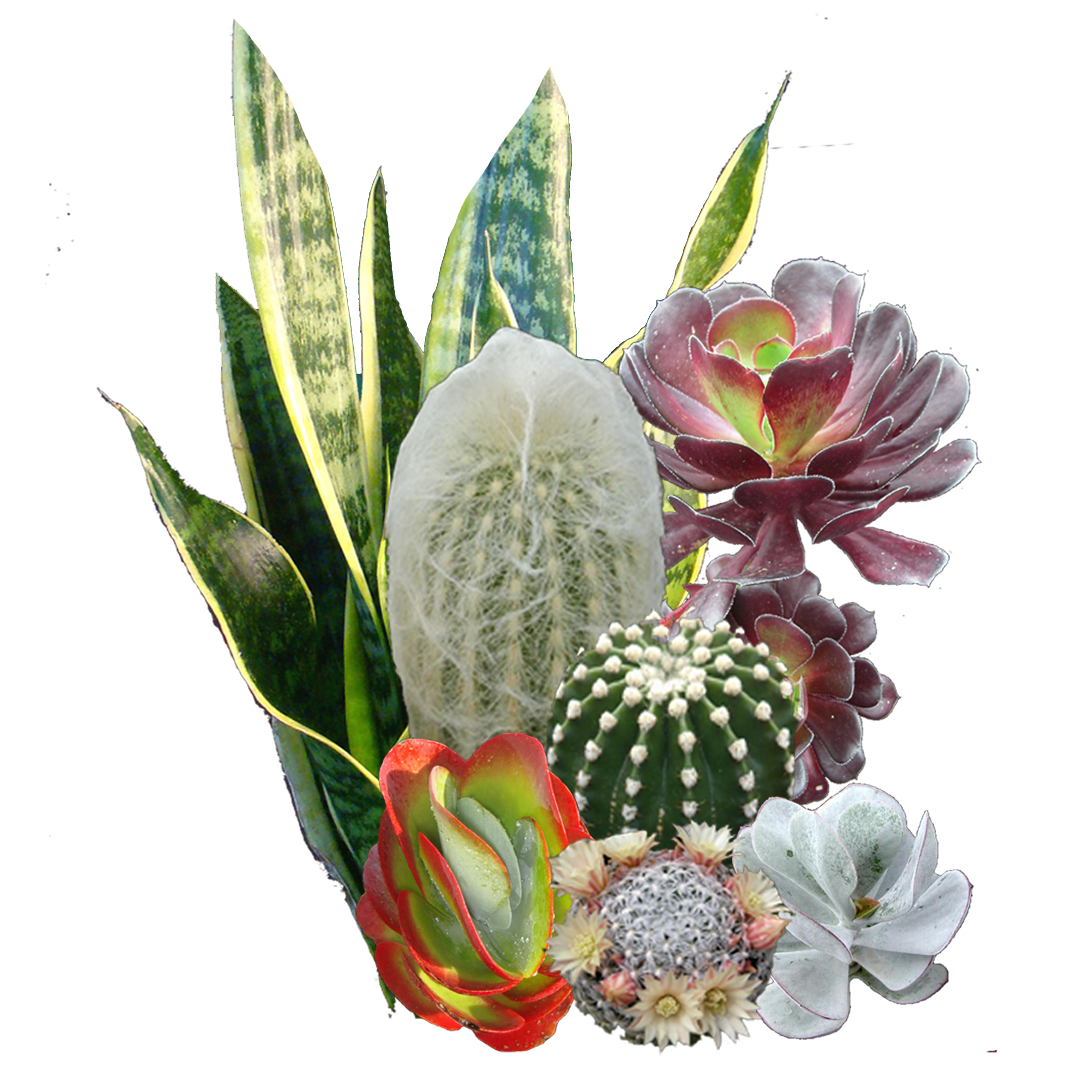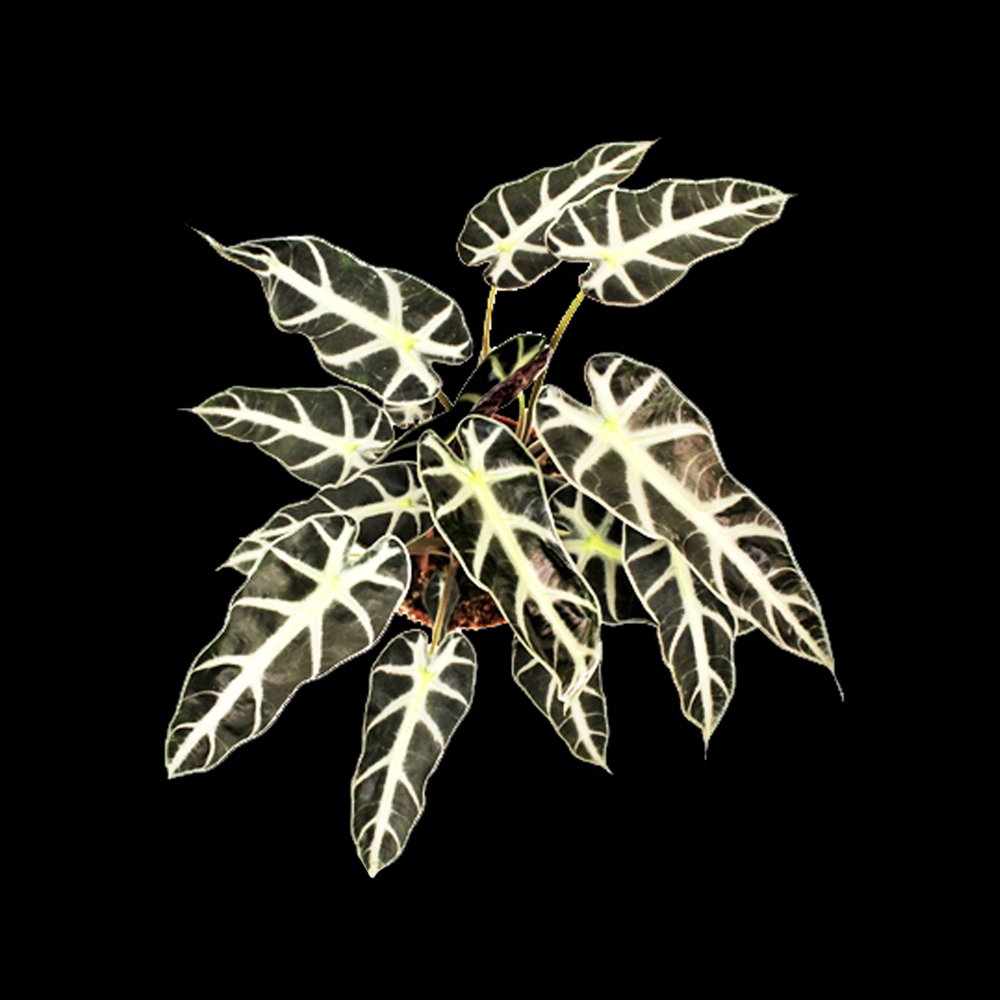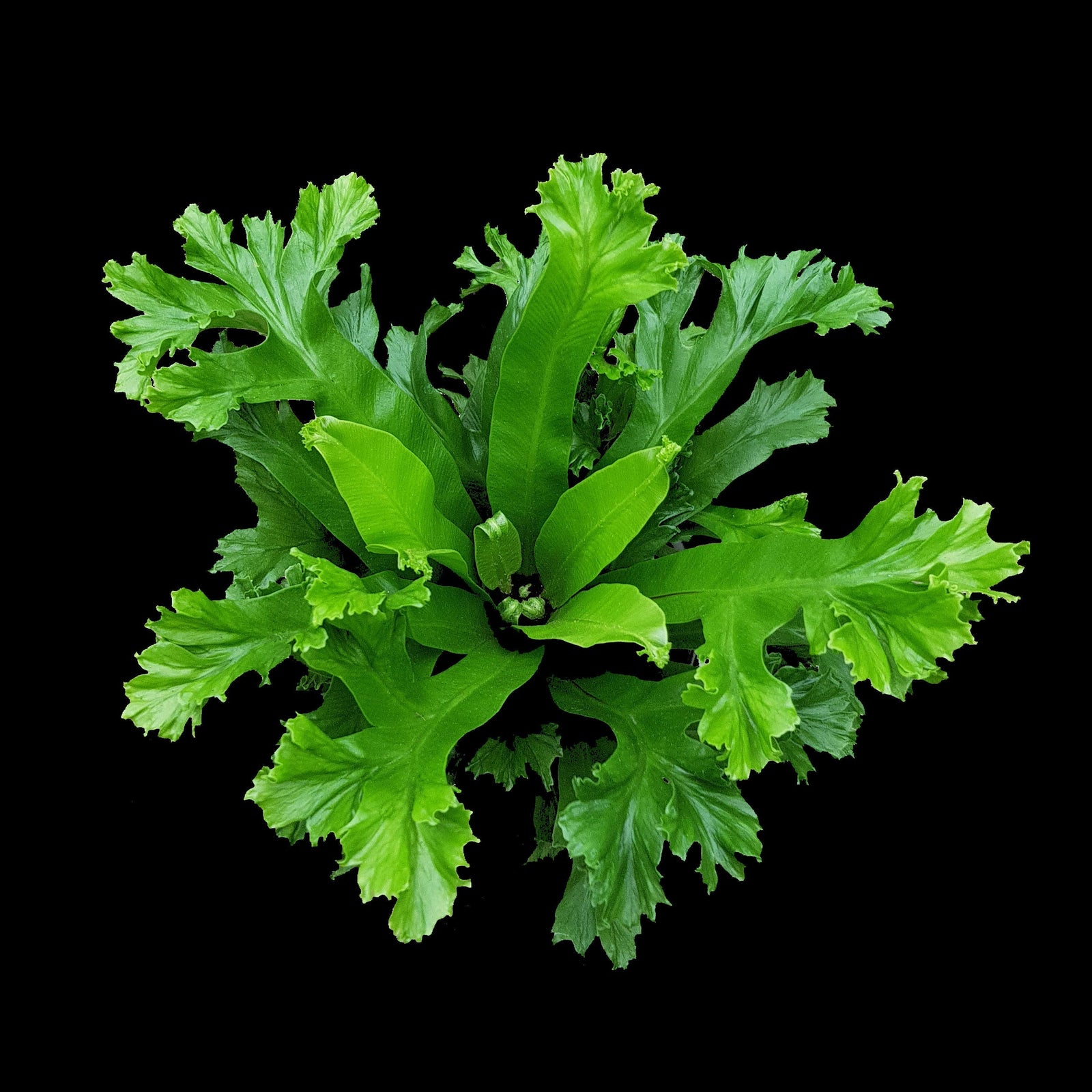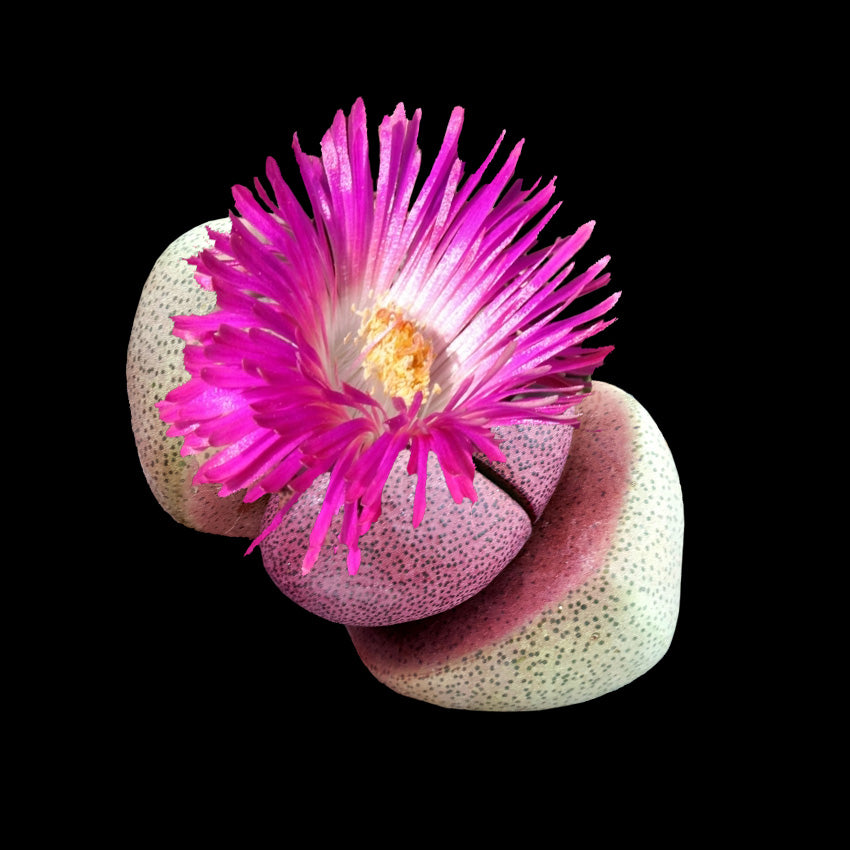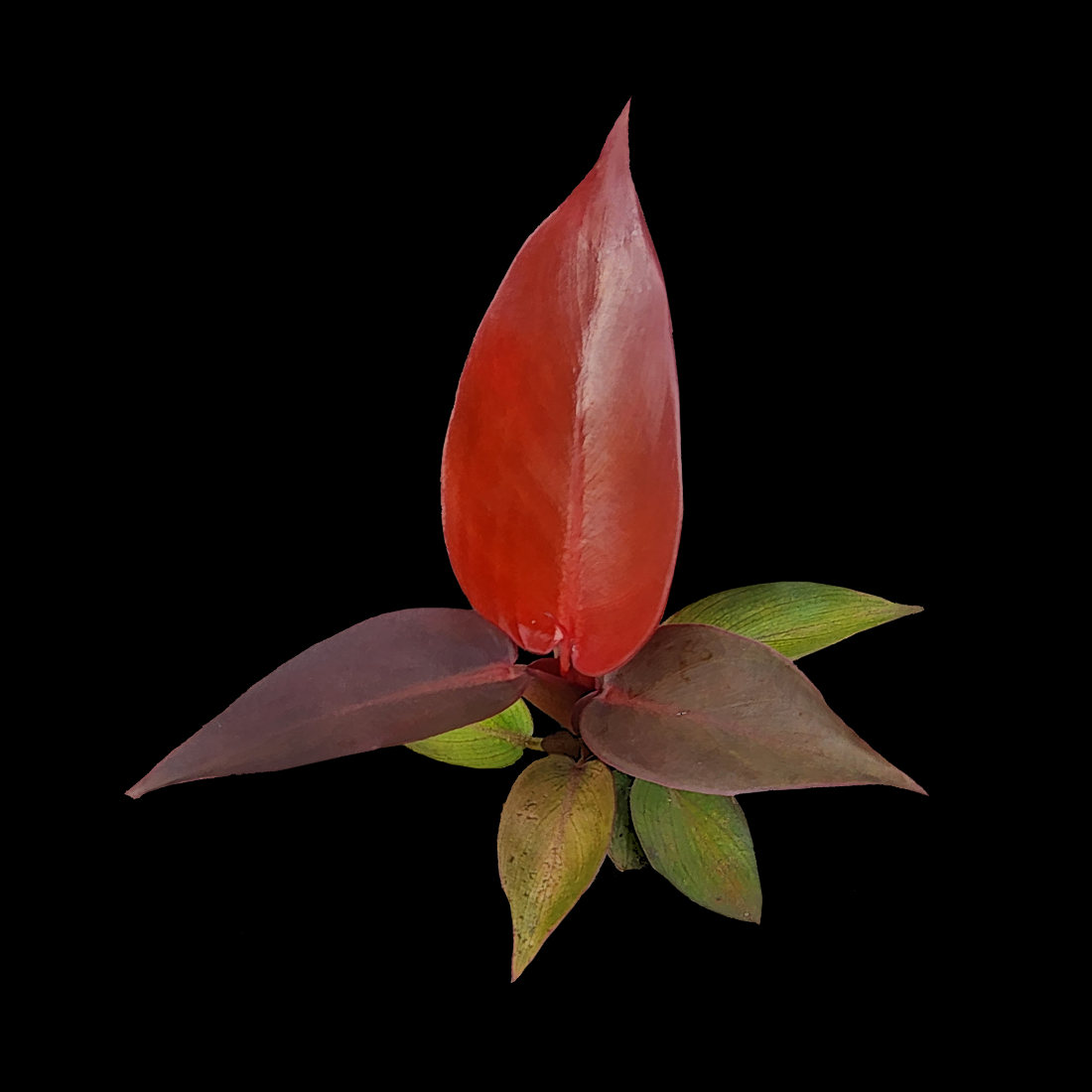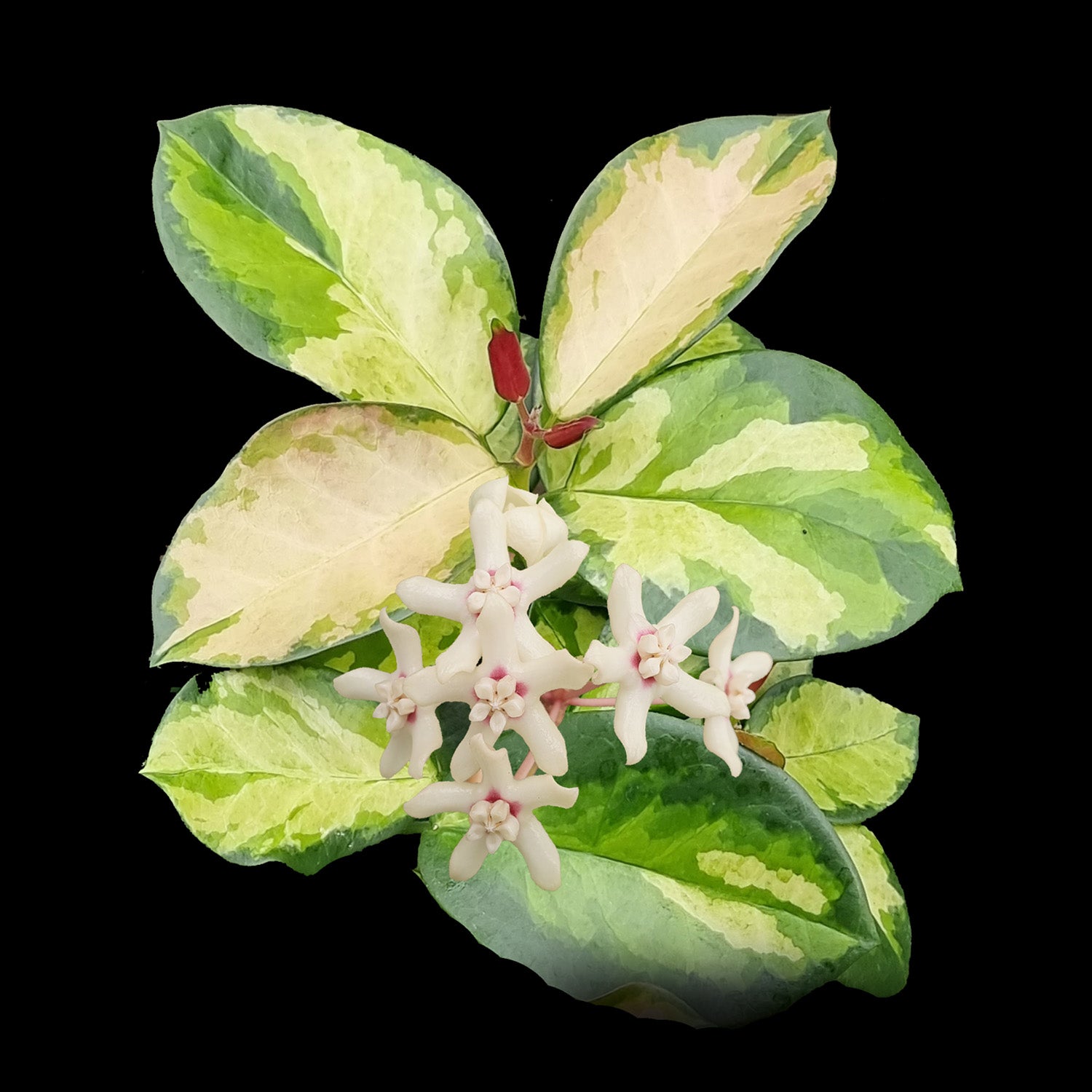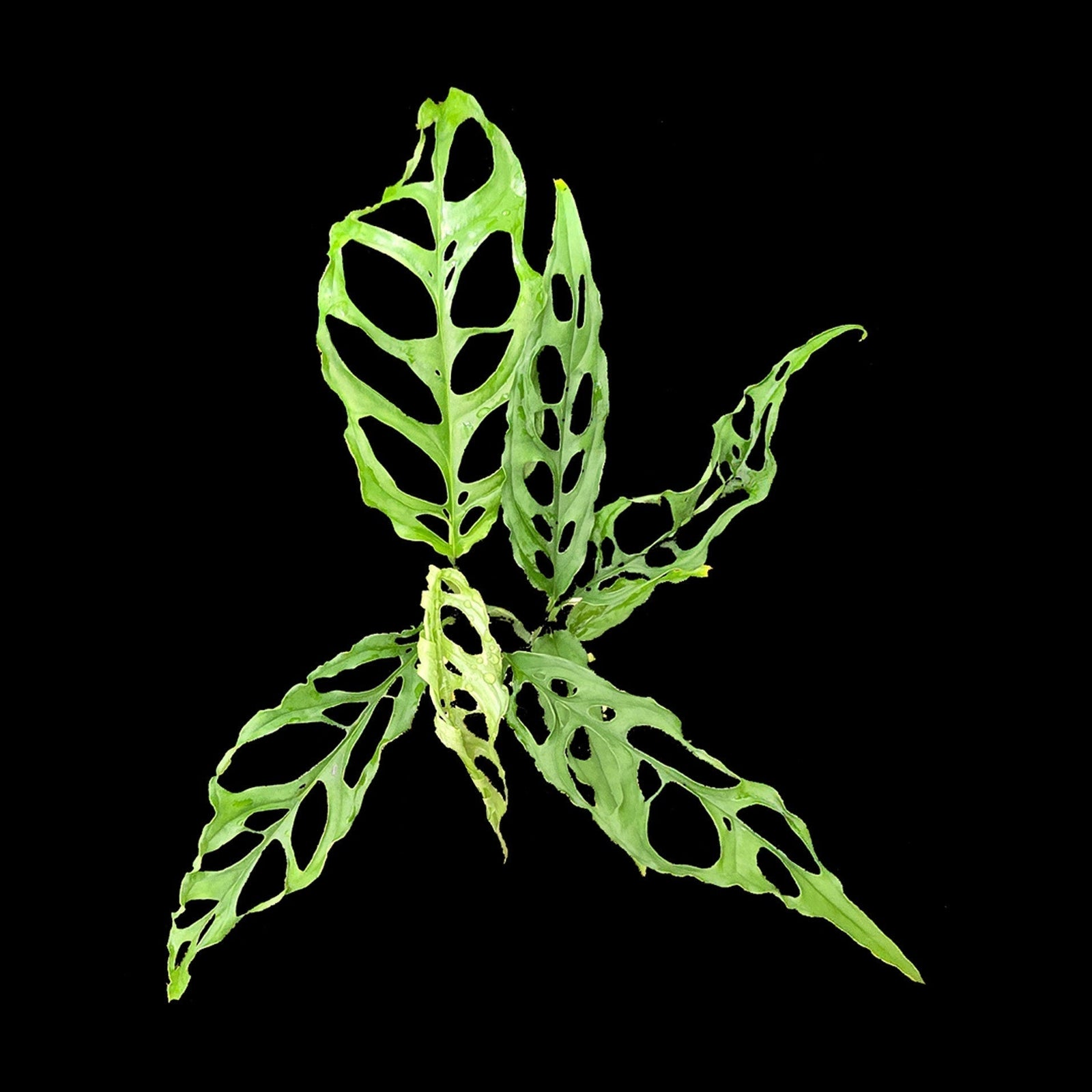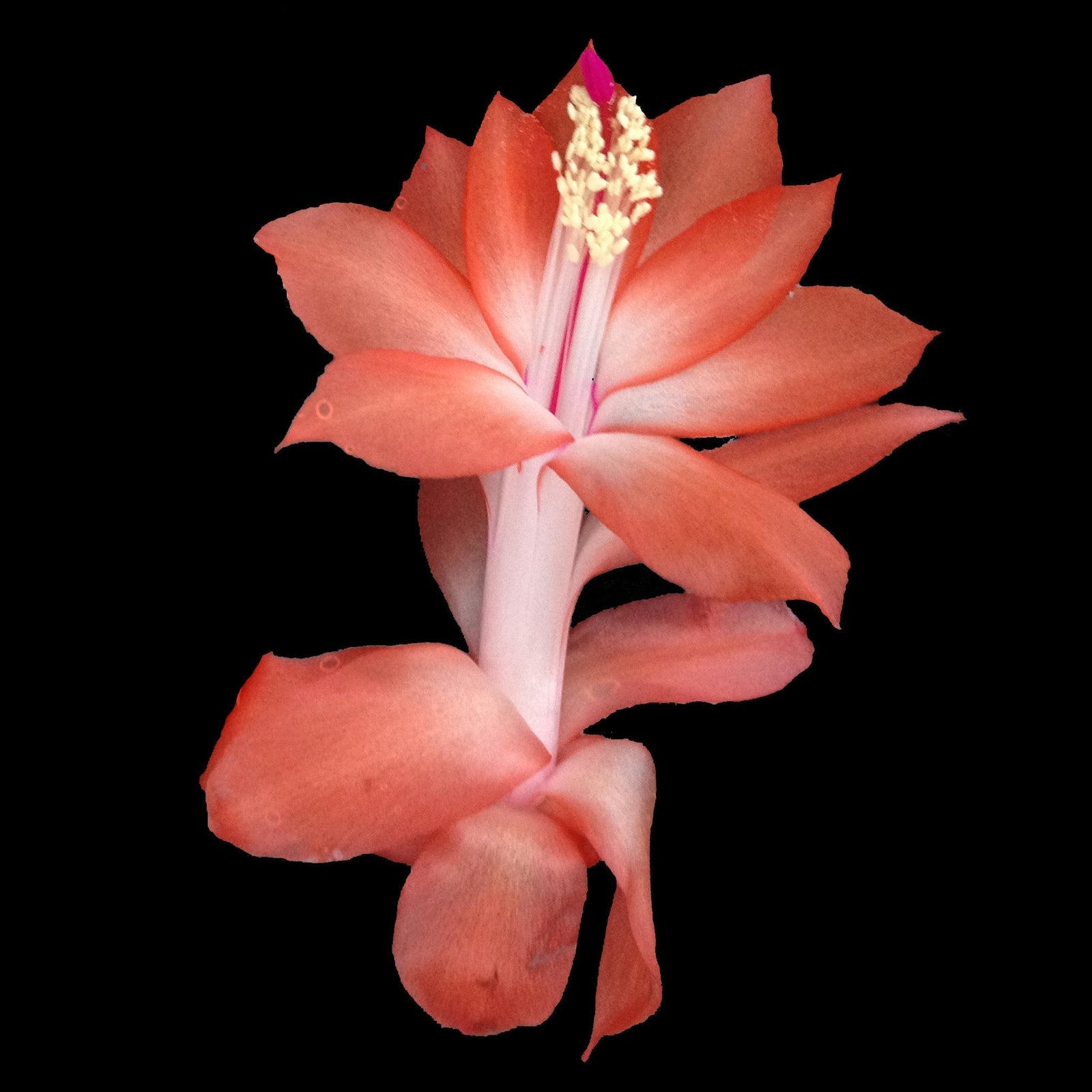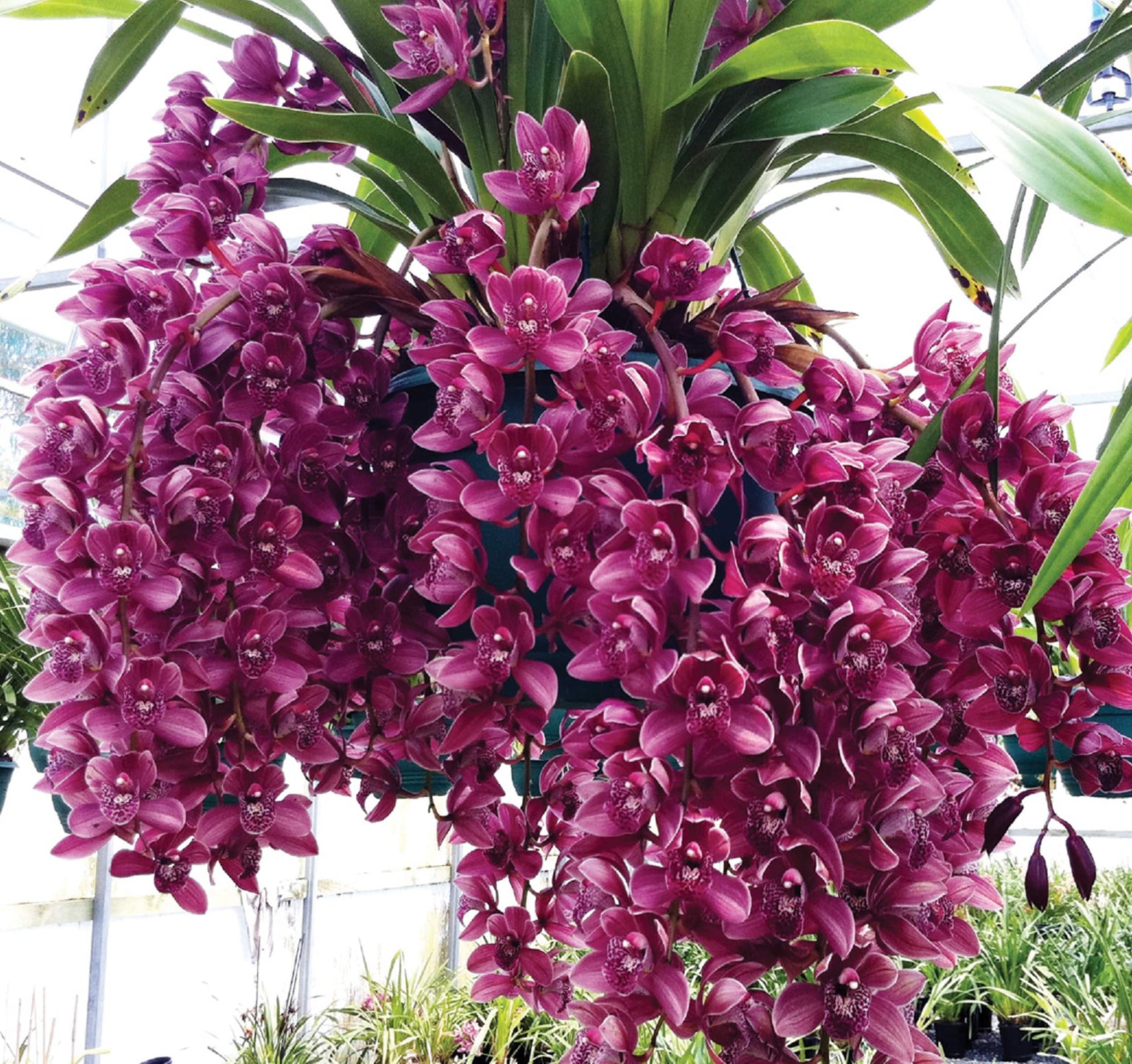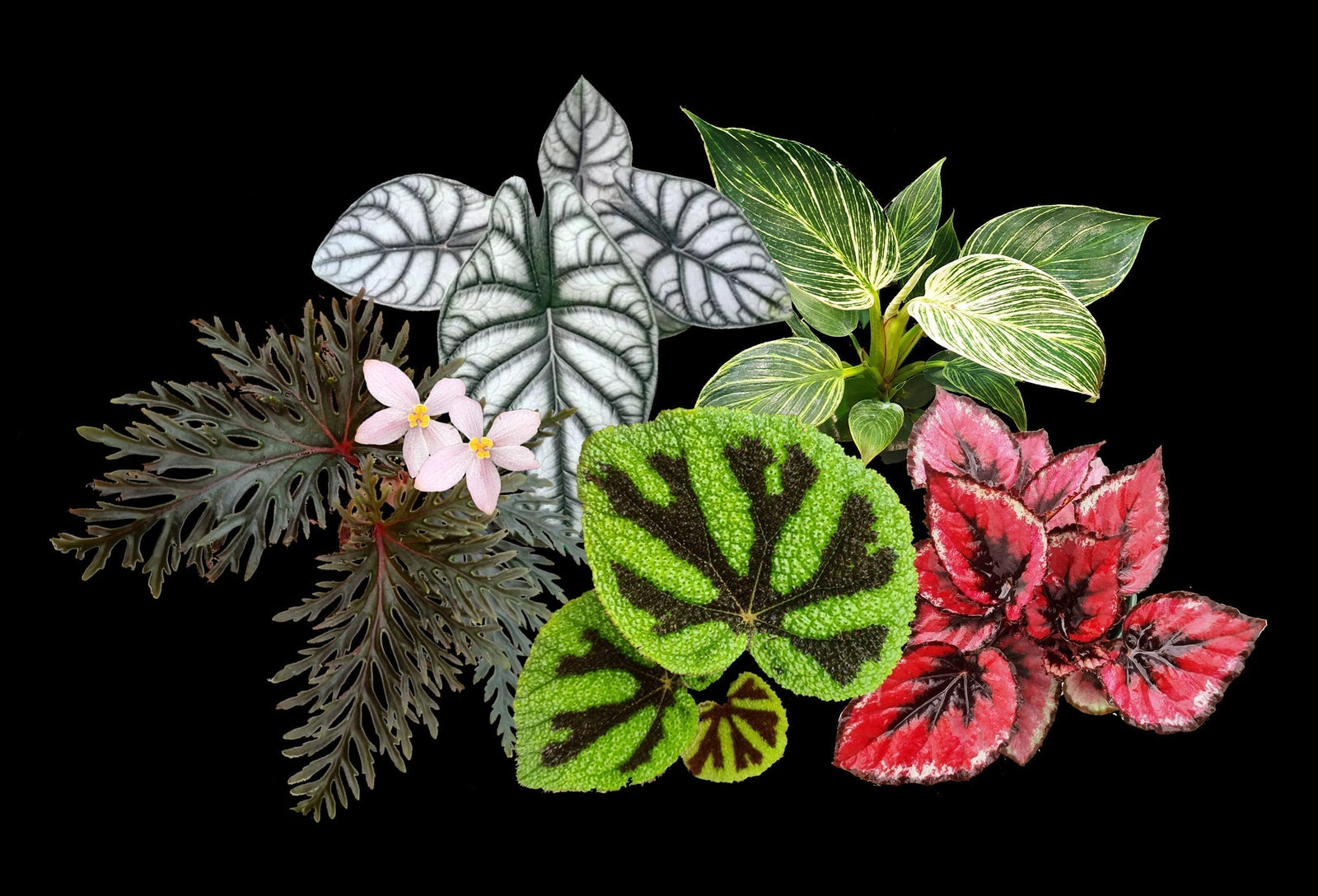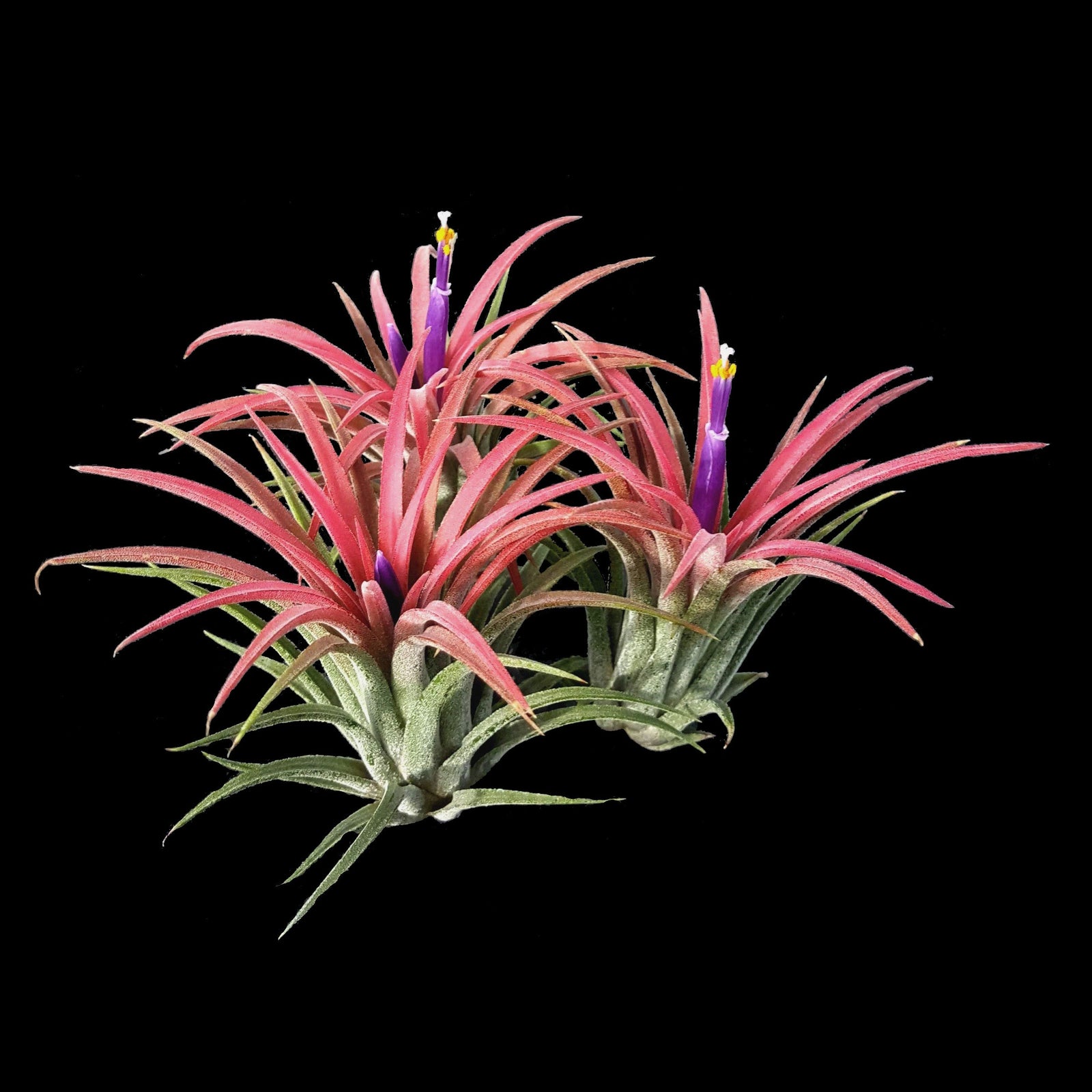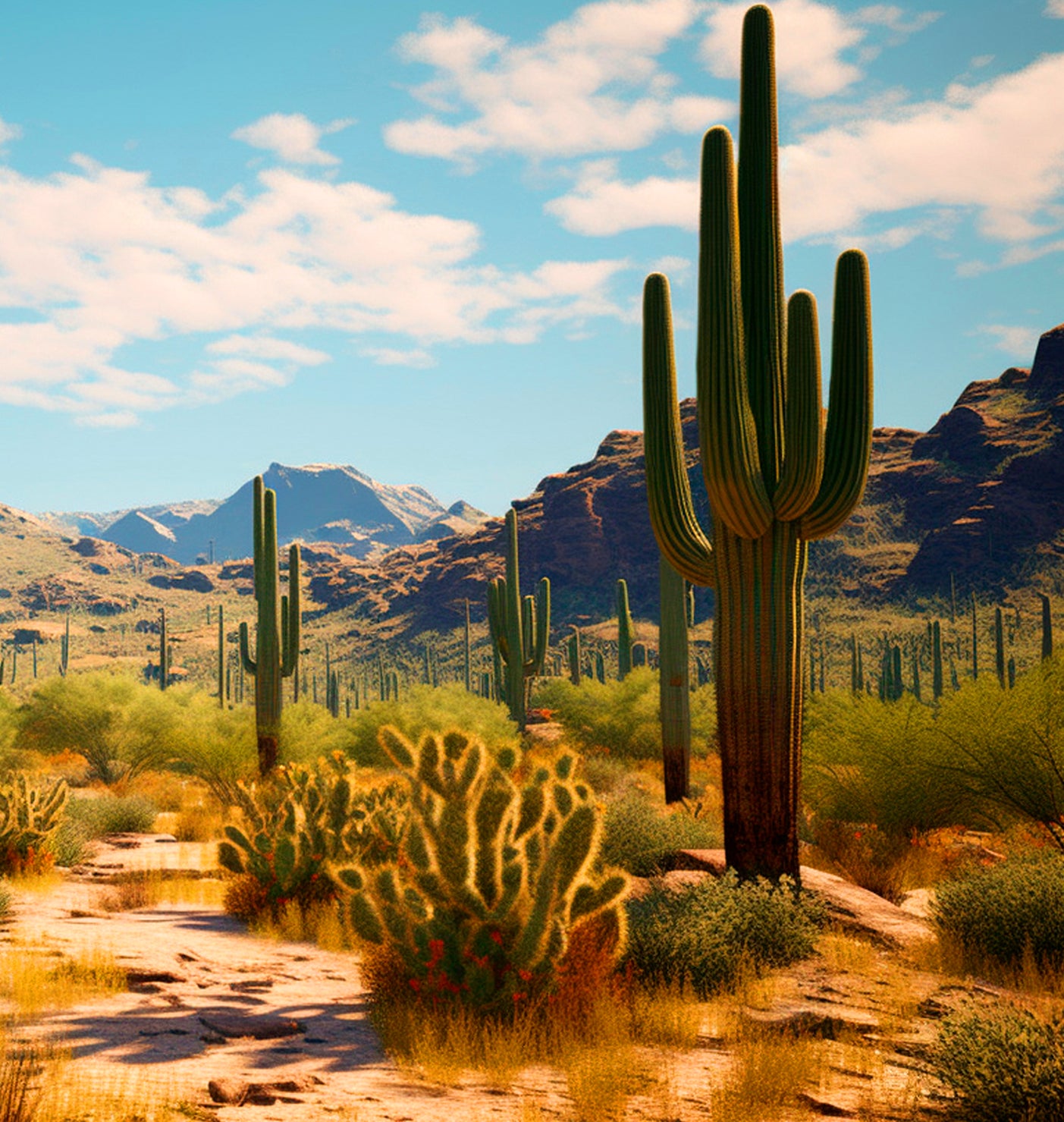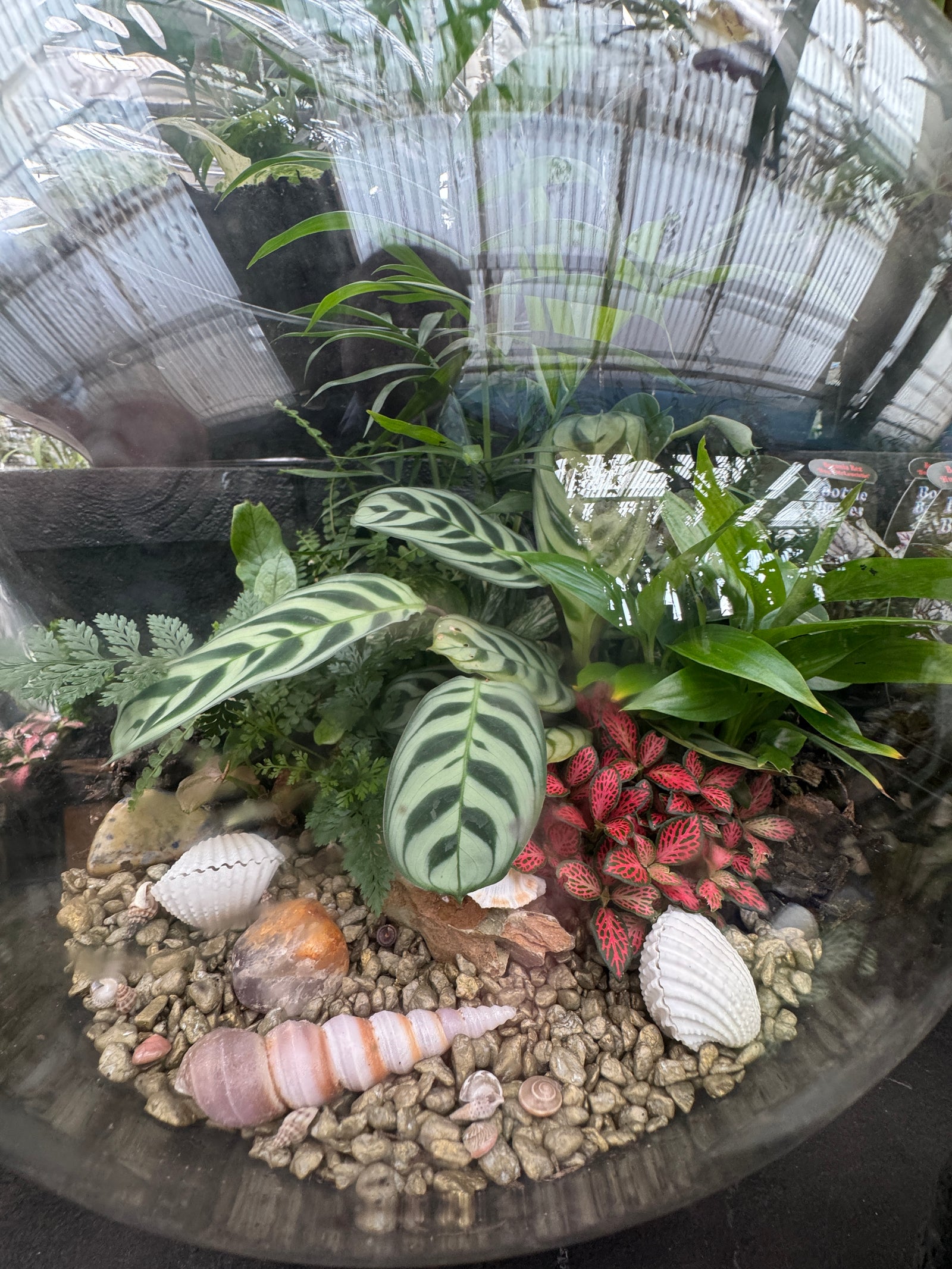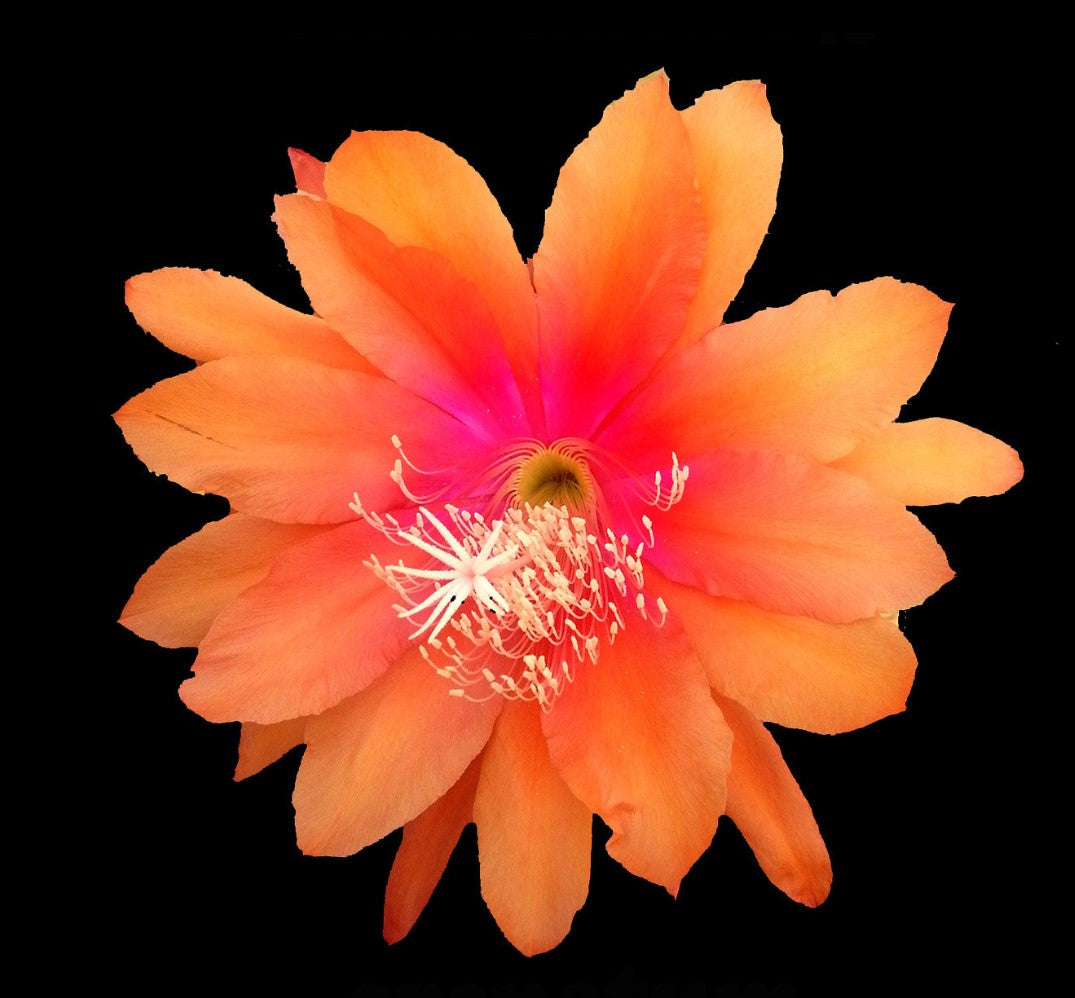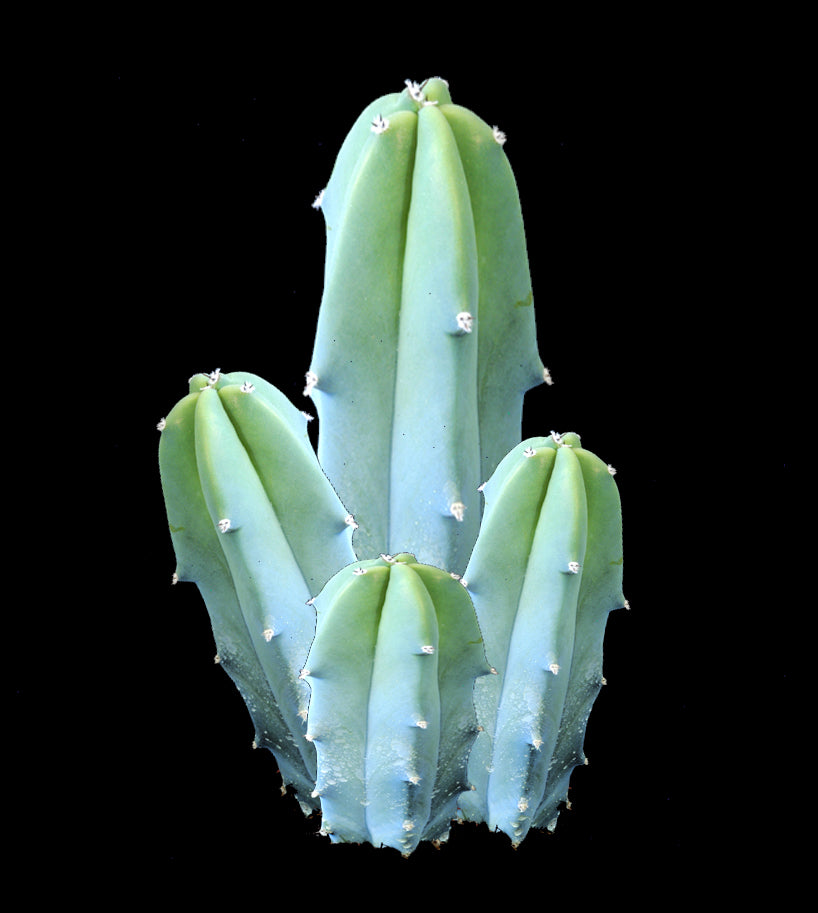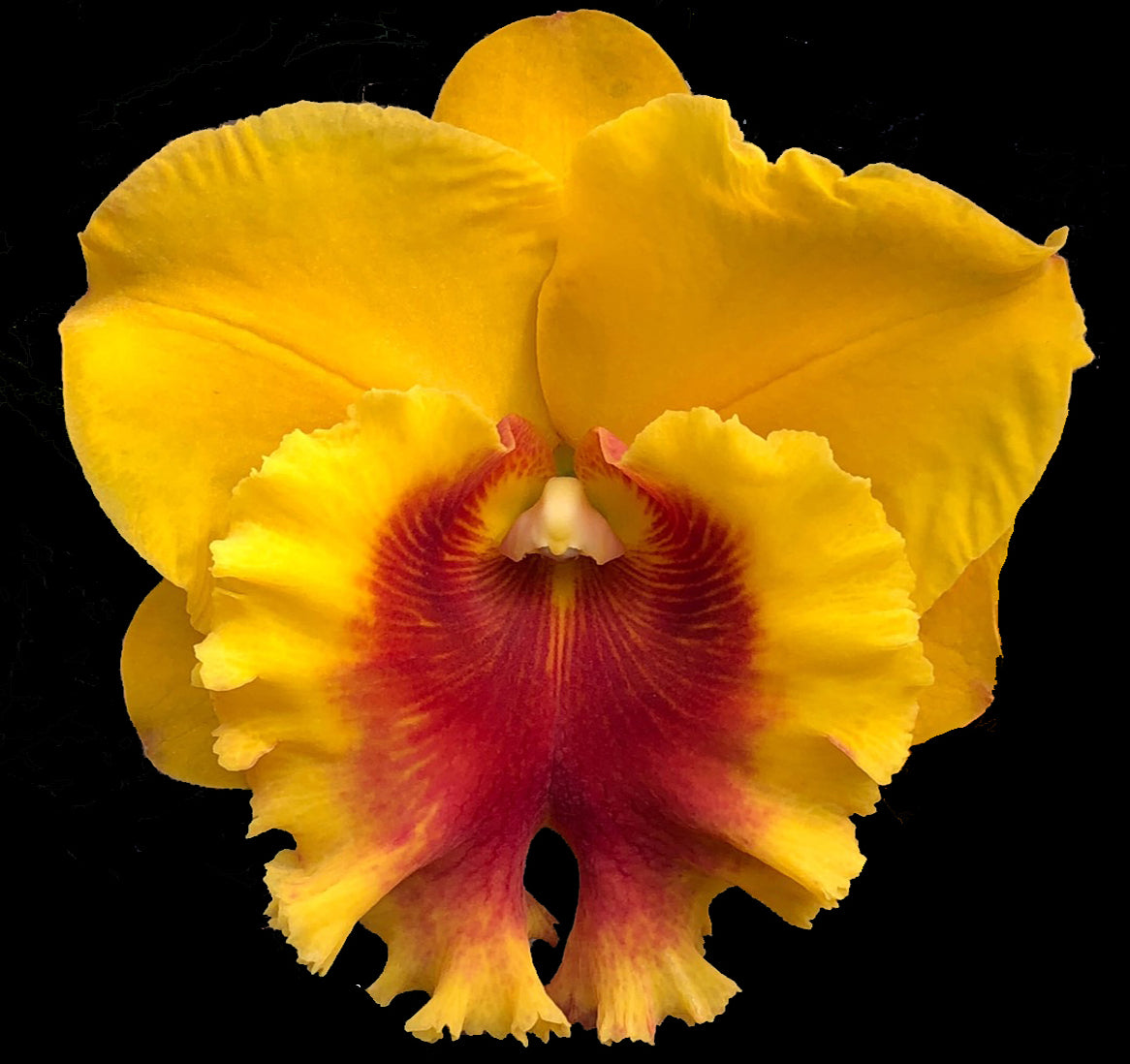Air Plant Care Guide: How to Grow and Display Tillandsia
Air plants, or Tillandsia, are among some of the most captivating and versatile plants you can include in your collection. These interesting plants don’t need soil to thrive, making them popular for creative displays and easy maintenance. If you take good care of them, you can appreciate their vibrant shapes and lovely flowers, and even propagate new plants for many years. This is a full guide on how to keep your Tillandsia healthy and happy, covering essential air plant care tips and display ideas.
What Are Tillandsia?
Tillandsia are part of the Bromeliad family and are originally from the Americas. They thrive in different climates, from rainforests to deserts. These plants take in nutrients and moisture through their leaves, using special structures known as trichomes. With more than 600 species, Tillandsia comes in a variety of shapes, colours, and sizes that can fit into any space or style, making them perfect indoor air plants. You can even find rare air plants within this diverse family, such as the impressive Tillandsia xerographica.
Tillandsia Appearance and Characteristics
Tillandsia are unique plants that come in various sizes, featuring slender and sometimes curly leaves. Their colours can vary from silvery-green to bright green, and some species even show a touch of purple or red, like the vibrant hues of Tillandsia ionantha 'Fuego'. They have beautiful, tubular flowers in pink, purple, or yellow, which really brighten up their look—a prime example being the stunning inflorescence of Tillandsia cyanea 'Pink Quill'. Their root systems are pretty basic since they're mainly there to hold the plant in place instead of taking in nutrients.
Tillandsia Care
Light Requirements
Light is essential for keeping Tillandsia healthy. These plants do excellently in bright, indirect light. Put them by a window where they can get some filtered sunlight, or if there's not enough natural light, you can use artificial grow lights. It's best not to put them in direct sunlight because it can damage their delicate leaves. When setting up outdoor arrangements, make sure to place them in a shaded or semi-shaded spot.
Artificial Light
Tillandsia can do well even when there's not much natural light, as they adapt nicely to artificial lighting. Full spectrum fluorescent or LED grow lights are the best choice. Keep the plants around 30-50 cm from the light source and make sure they get 12-14 hours of light each day for the best growth.
Watering Your Tillandsia
Watering air plants can seem tricky, but it’s simple once you understand their needs. Here's a quick Tillandsia watering schedule:
- Submerge your Tillandsia in water for 20-30 minutes once or twice a week.
- After soaking, gently shake off excess water and place the plant upside down to dry completely.
- Ensure no water collects in the base since standing water can cause rot.
- If you're in a dry area or it's scorching outside, give your plants a light misting a few times a week to help keep them hydrated.
Ideal Temperature
Tillandsia thrive in temperatures ranging from 10°C to 32°C, which makes them a great fit for most indoor spaces. It's best to keep them out of extreme heat or cold. Try not to put them near air conditioners or heaters, since sudden temperature changes can be stressful for the plants.
Fertilising Tillandsia
To keep your Tillandsia vibrant and blooming, fertilise them monthly with a bromeliad or air plant-specific fertiliser diluted in water. Use the solution as part of your usual soaking routine. Be careful not to use too much fertiliser, since it can harm the plant. Fertilising during their growing season is crucial for robust development.
Dealing with Pests
While Tillandsia are mostly resistant to pests, they might sometimes draw in mealybugs or scale insects. If you see any pests, just give the plant a good rinse with water or try using some insecticidal soap to deal with the problem. Checking on your plants and giving them the right care can really help keep pest problems at bay.
Propagation & Growth
The Life Cycle of Air Plants
Tillandsia has a natural life cycle that involves blooming, producing pups (offsets), and eventually reaching the end of their life span. Once it blooms, a mature Tillandsia will begin to grow pups at its base.
Propagating Tillandsia (Pups)
Tillandsia reproduce by creating offsets, which are often referred to as "pups." When the pups grow to about one-third the size of the parent plant, you can gently separate them and start growing them on their own. You could also keep them together to make a nice clump, which looks really impressive. Propagation is an easy and rewarding method to grow your collection.
Styling and Display Ideas
One of the most exciting aspects of Tillandsia is their versatility in decor. Here are some creative ideas for displaying air plants:
- Terrariums: Display Tillandsia in glass terrariums with sand, stones, or driftwood for a minimalist look.
- Wall Art: Mount them on wooden boards, cork, or wireframes to create living wall art.
- Hanging Displays: Use macramé hangers or clear fishing lines to suspend them for a floating effect.
- Shells and Rocks: Place them in seashells, geodes, or other natural objects for an organic aesthetic.
Tillandsias are wonderful plants because they can thrive in all kinds of places, making them a wonderful choice for bringing some greenery into a modern office or a comfy home.
Additional Tips for Healthy Air Plants
- Make sure to rotate your Tillandsia every now and then so it gets light evenly from all sides.
- Avoid using tap water with high mineral content; rainwater or filtered water works best.
- Keep the plant neat and healthy by regularly removing any leaves that have died.
Transform Your Collection with Collectors Online
Ready to enhance your indoor garden? At Collectors Online, we offer an extensive selection of rare plants in Australia, including exquisite Tillandsia and other unique options like Tillandsia xerographica, Tillandsia cyanea 'Pink Quill', and Tillandsia ionantha 'Fuego'. Whether you’re looking to buy Tillandsia online or explore succulents online and cymbidium plants for sale, we’ve got you covered. Shop with confidence and bring home plants that inspire and delight.
Fast shipping Australia-wide!












